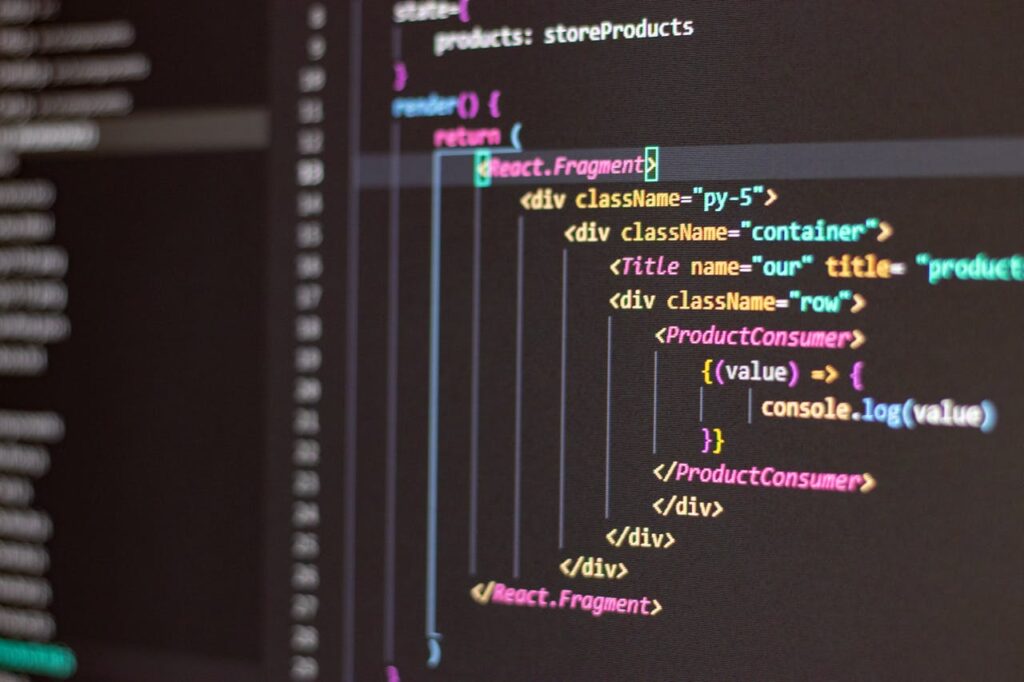
Master React Hooks: The Ultimate Guide to State Management in Functional Components
Master React Hooks: The Ultimate Guide to State Management in Functional Components
Published on: March 18, 2024
Tags: NodeJS, React, Web Development
Learn how React Hooks simplify state management with practical examples, expert tips, and reusable code. Perfect for React developers aiming for cleaner, efficient apps — read now!
React Hooks have fundamentally changed the way developers build components and manage state in React applications. Introduced in React 16.8, Hooks offer a more direct API to the React concepts you already know: state, lifecycle, context, and refs. They enable you to use state and other React features without writing a class. This guide aims to demystify React Hooks for beginners, illustrating how they can revolutionise state management in functional components and lead to more readable, maintainable, and succinct code.

React Hooks Basics: What You Need to Know
At its core, React Hooks are functions that let you “hook into” React state and lifecycle features from function components. They do not work inside classes — they let you use React without classes. React provides a few built-in Hooks like `useState`, `useEffect`, and `useContext`, and allows you to create your own Hooks to reuse stateful behaviour between components.
How to Use useState for Simple State Management
The `useState` Hook is a basic Hook that lets you add React state to function components. Here’s how you can use it:
function Example() {
// Declare a new state variable, which we'll call "count"
const [count, setCount] = useState(0);
return (
<div>
<p>You clicked {count} times</p>
<button onClick={() => setCount(count + 1)}>
Click me
</button>
</div>
);
}In this example, `useState` gives us the current state and a function to update it. Unlike `this.state` in a class, the state here doesn’t have to be an object — it can be any type you want.
Using useEffect: Manage Side Effects Like a Pro
Side effects in React refer to operations like data fetching, subscriptions, or manually changing the DOM from React components. The `useEffect` Hook serves the same purpose as `componentDidMount`, `componentDidUpdate`, and `componentWillUnmount` in React classes, but unified into a single API.
import React, { useState, useEffect } from 'react';
function Example() {
const [count, setCount] = useState(0);
// Similar to componentDidMount and componentDidUpdate:
useEffect(() => {
// Update the document title using the browser API
document.title = `You clicked ${count} times`;
});
return (
<div>
<p>You clicked {count} times</p>
<button onClick={() => setCount(count + 1)}>
Click me
</button>
</div>
);
}`useEffect` runs after every render, including the first one. React guarantees the DOM has been updated by the time it runs the effects.
Simplify Global State with useContext Hook
The `useContext` Hook allows you to easily access the closest `Context` value from your component. It makes consuming context in your application straightforward without wrapping your components in higher-order components or render props.
import React, { useContext } from 'react';
import { ThemeContext } from './themeContext';
function ThemedButton() {
const theme = useContext(ThemeContext);
return (
<button style={{ background: theme.background, color: theme.foreground }}>
I am styled by theme context!
</button>
);
}Create Reusable Logic with Custom React Hooks
Custom Hooks are a mechanism to reuse stateful logic across multiple components. They allow you to extract component logic into reusable functions.
import { useState, useEffect } from 'react';
function useCustomHook(initialCount = 0) {
const [count, setCount] = useState(initialCount);
useEffect(() => {
document.title = `Count: ${count}`;
});
return [count, setCount];
}Custom Hooks offer the flexibility of sharing logic without changing your component hierarchy.
Conclusion
React Hooks simplify state management in functional components, making code more intuitive and easier to understand. By embracing Hooks, developers can write less code, avoid “wrapper hell,” and enjoy a cleaner, more declarative way of working with React. As you incorporate Hooks into your projects, you’ll find they open up new possibilities for code reuse and composition, fundamentally changing how you write React applications for the better.
Related Categories: Artification Intelligence (AI), CSS, hosting Solutions, Javascript, news, nodejs, React, SEO, Social, step-by-step guides, Uncategorized, Web Development, Webflow, wordpress